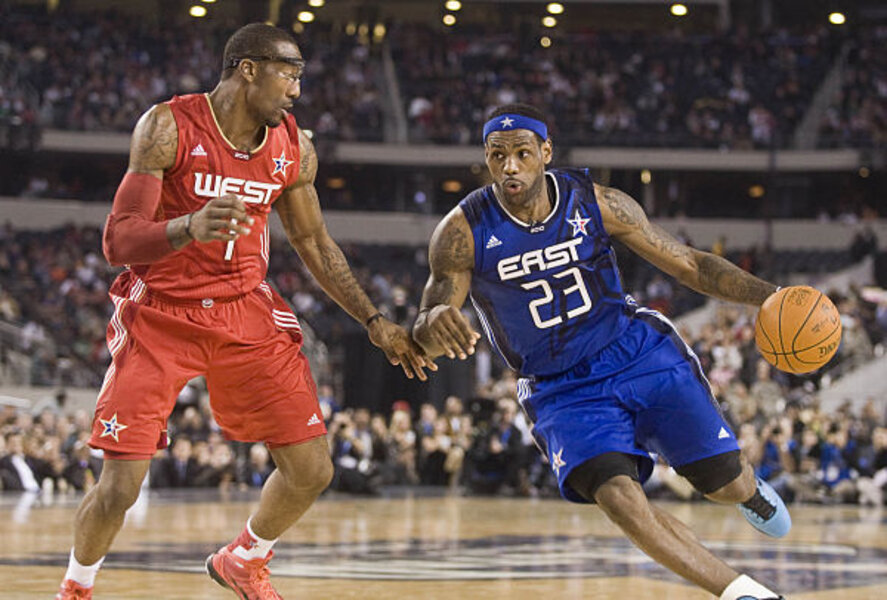Economic impact of sports? Don't believe the hype.
Loading...
The Dallas Morning News is examining the gap between the estimated economic impact of the NBA All Star Game and the actual revenues reported by hotels, restaurants, and rental car agencies. The story follows up on similar comparisons made by TV reporter Byron Harris, and in addition offers Michael Casinelli, the consultant behind the original report, an opportunity to stick a foot in his mouth.
Here’s what Casinelli has to say on the gap between his estimates and the reported figures:
“What I’m hearing [from critics] is you have to be absolutely 100 percent accurate on a future prediction when nothing is 100 percent accurate on a future prediction,” said Casinelli, who has an MBA but is not an economist.
Now, I don’t know what voices Casinelli may be hearing, but the critics here at TSE would never make such a statement, not in a million years! As economists we know all too well that predictions have forecast errors. But we have two problems with the forecast errors from economic impact studies of sports. First, they are predictably biased. Second, the size of the bias is not small. The size of the bias is an order of magnitude.
Co-blogger Vic Matheson of Holy Cross is a well known critic who is responsible (in part) for these findings. The story quotes Vic, who states that the models used in studies like Casinelli’s do “a pretty good job of counting up the economic activity that does occur … [but] a particularly poor job of counting up activity that doesn’t occur.” I think that’s fair. I should also add that Casinelli makes a valid point when he notes that the tally of actual spending at various locations around Dallas is incomplete (although I believe that filling in the missing locations is quite unlikely to make up the difference).
Casinelli’s response is one of skepticism towards “alarmist” academics, and a statement to the effect that “deferred spending eventually makes its way back into the local economy and doesn’t disappear.” Perhaps the imagined return of “deferred spending” can be measured, if it exists, but I doubt it even if it does. Regardless, a defense to criticism which rests on an effect which can’t verified is a classic ploy used by those with a weak argument. Name-calling as well. Sound the alarm!
Add/view comments on this post.
------------------------------
The Christian Science Monitor has assembled a diverse group of the best economy-related bloggers out there. Our guest bloggers are not employed or directed by the Monitor and the views expressed are the bloggers' own, as is responsibility for the content of their blogs. To contact us about a blogger, click here. To add or view a comment on a guest blog, please go to the blogger's own site by clicking on the link above.





